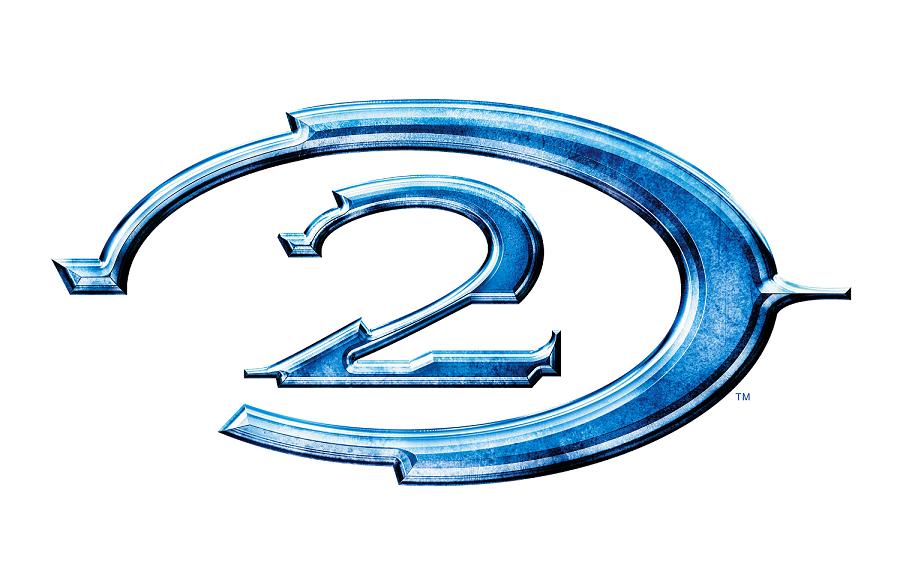

Jan Van Eyck, detail of Virgin from the Ghent altarpiece, 1432 1619 and Francesco Pacheco’s Immaculate Conception with Miguel Cid, c. Several depictions of the Immaculate Conception appear in Counter-Reformation art, including Velasquez’s The Immaculate Conception c. This type of halo refers to the to the description of the Virgin being crowned with twelve stars (Revelation 12:1).
The star halo sometimes appears in depictions of the Immaculate Conception. 4 The dotted halo also appears in other artistic traditions, too, including Ottonian art (example: Christ and the Apostles on the Sea of Galilee from the Hitda Codex, c. Dotted halos sometimes appear in Crusader art they are considered one of the stylistic characteristics of this type of art (example: Saint Sergios with Female Donor icon, c. The hexagonal halo has been used in conjunction with allegorical figures (example: Alesso di Andrea, Hope, 1347. 1489-90, Santa Maria sopra Minerva, Rome). The trianglular halo is sometimes used to symbolize the Trinity (example: Antoniazzo Romano, detail of God the Father, from the Altarpiece of the Confraternity of the Annunciation, c. 820) and a mosaic which includes a woman specified as “Theodora, Bishop”). Other examples of square halos are found at Santa Prassede in Rome, found in a mosaic of Pope Paschal I (c. (For an example, see mosaic of Pope John VII at the beginning of this post. The square, as an imperfect shape that represents the Earth, is used to draw a contrast with the perfect circle used for divine figures. From what I can tell, the earliest example of a square halo dates from about the early 8th century. The square halo was sometimes used to indicate that a person is still living when the work of art is created. In Orthodox and Byzantine tradition, the cruciform also include the letters Ο ὤ Ν, which translate to mean “The Being” or “I Am,” serving as a testament to Christ’s divinity (see more information HERE). An early example of the cruciform halo is found in the Miracles of the Loaves and Fishes mosaic of Sant’Apollinare Nuovo, Ravenna (c. This form of halo includes a cross within or extending beyond the circular area of the halo. The cruciform halo is usually used for members the Trinity, especially Christ. 3 The mandorla continues to become more abstract and angularly defined in later art. However, the earliest representation of a mandorla appears around an Old Testament figure, specifically one of the three angels who visit Abraham (in a 5th century scene at Santa Maria Maggiore). The mandorla (an almond-shaped aureole) usually is used for depictions of Christ and the Virgin. After this point, halos were used for Christ and the Lamb of God, angels, the Virgin, and eventually saints. 
This image pre-dates the 4th century, and could be a very early example of the halo in a Christian context. Peter’s (see above), which may depict Christ or Sol Invictus (the later sun god of the Roman empire).

I know of one early image, a ceiling mosaic from the necropolis underneath St.

Image courtesy WikipediaĬhristians adopted the round halo from their contemporaries, using the circular shape to connote perfection, divinity, and holiness. 1ĭetail of vault mosaic in the Mausoleum M (Mausoleum of the Julii), from the necropolis under St. Some think that the halo form traveled from West to East, ending up in Ghandara and influencing depictions of the Buddha (see one example from the Tokyo National Museum from the 1st-2nd centuries CE). There also are similar forms related to the halo (like the nimbus or aureola) found in non-Western art, too. In addition to classical sources, the sun disk found in Egyptian crowns may have been an early manifestation of a halo-like form. A Roman floor mosaic in Tunisia which has one such depiction. I’ve also heard discussions about how laurel wreaths (used to crown victors in classical societies) could be related to the halo. There also are a few depictions of Apollo with halos. For example, the Greek god Helios is depicted with rays emanating from his head (see image above). The halo may have come from several different sources, including classical culture. I thought I’d write down a bit about the early sources for the halo, in case I have more students ask the same question in the future. Detail of Helios from a red-figure vase, 5th century BC, British Museum








 0 kommentar(er)
0 kommentar(er)
